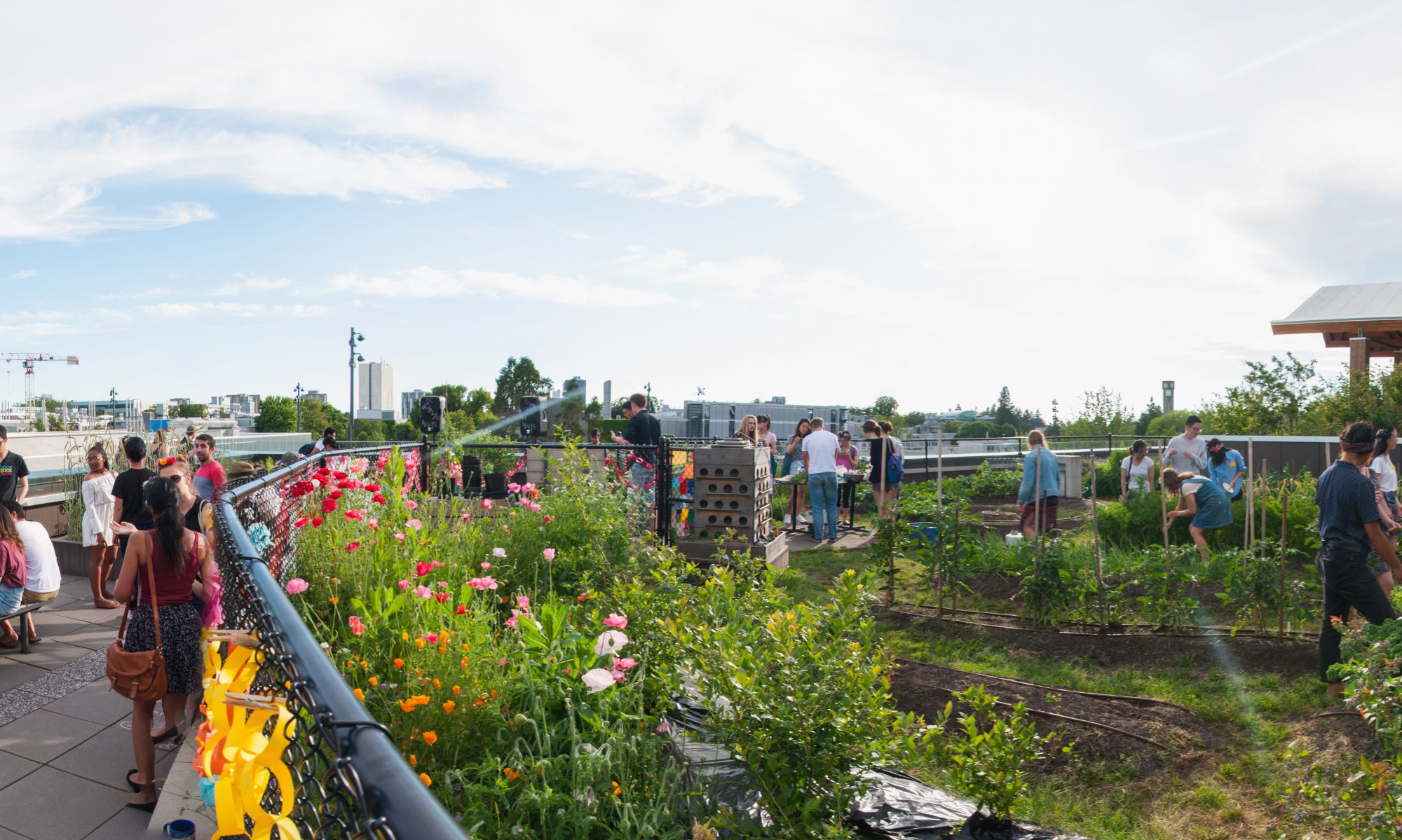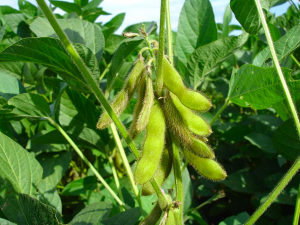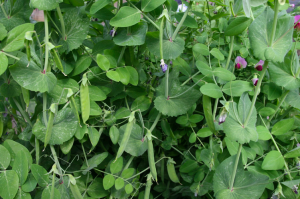Beans
Beans are a warm season crop that need full sun. Direct sowing seeds is the easiest method, as beans do not like to be transplanted. The seeds germinate easily and are usually easier and cheaper than buying nursery starts. Sow the seeds about 3cm deep (there is variation here so consult your seed packet) after all threat of frost has passed and the soil is at least 50 F. (10 C.), which is usually when daytime temperatures are averaging around 60F.
Pole beans, which grow as vines, will need to be trellised. They are good for small space gardens and will produce for 6 to 8 weeks until the fall frost kills them. Space the seeds 6-10 inches (15-25 cm.) apart in rows that are 3-4 feet (approximately 1 meter or so) apart along your chosen support structure. Check how tall your variety will grow when designing your support.
Bush beans grow to be short, compact plants that produce 3 to 4 weeks. Many gardeners choose to plant more seeds every 2 weeks to prolong production. Space the plants 2-4 inches (5-10 cm.) apart in rows that are 2-3 feet (61-91 cm.) apart.
Different bean varieties have been developed have been developed for harvest at different stages of maturity. Snap beans, also known as string beans or green beans, are green because they are harvested while still immature and tender. They can be eaten raw but are often steamed. You’ll want to harvest these beans when they are about as thick as a pencil; if they get much bigger they will be tough and stringy. Shelling beans are also harvested when immature, but the shell is not edible. Lima beans and soybeans are examples. Dry beans, such as kidney and pinto beans, are left on the plant to fully mature until the pods become dry and papery and the beans inside are fully formed. They require long cooking times to soften and become edible, but can be easily stored over the winter in mason jars, or other airtight containers. Make sure they are fully dry before storing- the shells should be papery and the beans rock solid. If the threat of fall frost arises before the plant is fully grown, pull up the whole plant and hang it somewhere warm and dry to allow the beans to finish drying.
Beans like consistent moisture, so make sure to water during periods without rain. If you spot any diseased leaves, remove them and either burn or bag them so they don’t contaminate the rest of your garden. Remove overripe beans to promote the production of new beans. Overripe beans will appear swollen and tough. Check your plant for them daily once production is underway. Harvest the ripe beans by snapping the bean from the stem while holding the plant steady with your other hand.
Soybeans
Give your soy beans full sun and a soil pH between 5.8-6.2. Sow seeds 2-5cm (1-2″) deep, 5-10cm (2-4″) apart, in rows 60cm (24″) apart. This warm season crop will need soil temperatures between 21 and 32°C (70-90°F), usually at least 2 to 3 weeks after the last spring frost. Germination takes 8 to 16 days, so be patient. For the best results, use 1 cup of complete organic fertilizer for every 3m (10′) of row. Continue planting more seeds into early summer for a continual harvest. Harvest when the seeds are plump inside the shells, but before they start to turn yellow. Soybeans are a good companion for corn, potatoes, cucumbers, strawberries, and celery, but will not grow well with onion or garlic. Soybeans can be grown in containers 8 inches deep, but typically make poor container crops.
Peas
Peas are a cool season vegetable that likes full to partial sunlight. Amend the soil with compost and 2 cups of rock phosphate or bonemeal per 3m (10′) of row to support the most vigorous growth. Sow seeds in the early spring as soon as the ground is workable in the spring (no longer frozen). In some regions, you can sow again 6 to 8 weeks before the first fall frost for a fall crop, although it will likely be less successful than your spring crop. Soak the peas overnight before planting to speed up the germination process, then plant them 2cm (1″) deep spaced 2-7cm (1-3″) apart. Give them 7 to 14 days to germinate. Peas will need to planted against a trellis or a fence so they can climb at they grow. However, there are some dwarf or bush varieties the don’t need a trellis and can even be grown in containers.
Snap peas have an edible shell, while shelling peas do not. Peas mature quickly, so check the plants daily after the flowers bloom to not miss any production. Picking regularly will also encourage the plant to grow more peas. Harvest by snapping off the pea while holding the vine steady with your other hand. Yanking off the peas without bracing the vine will damage the plant. Make sure to also remove overripe peas when you see them. They will be swollen and leathery and will divert the plants energy from continuing production. Peas will grow well with carrots, cucumber, eggplant, parsley, peppers, potatoes, radish, spinach, strawberries and turnips, but not with onions.
To harvest peas for seed, allow the last peas at the end of the season to go brown and dry on the vine. After the leaves die back and the peas are hard and shriveled, remove them from their shells and set them out to dry for several days until they are dry and rock solid. Once dried, they can be stored in jars or paper bags for spring.




